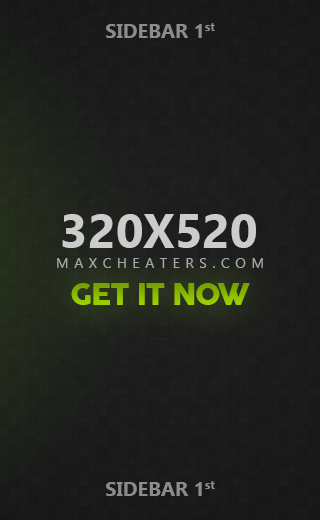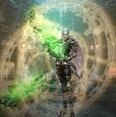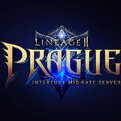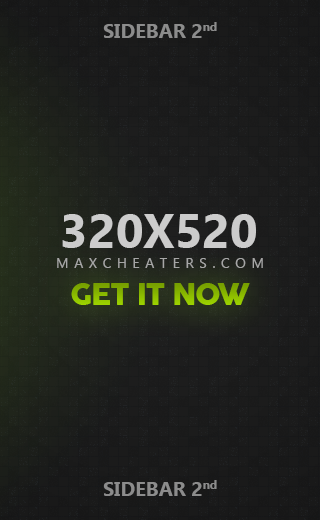[Guide]Create A Scanner Darkly effect
-
Posts
-
I imported this file using Unreal Engine 2 Runtime, modified it, saved it back, and then placed it on the client. When I run the game and wear this back accessory, the client crashes! 2025.10.28 03:52:59 OS : Windows XP 5.1 (Build: 2600) CPU : GenuineIntel Intel(R) Core(TM) i3-6100 CPU @ 3.70GHz @ 3697 MHz 1023MB RAM Video : NVIDIA GeForce GT 730 (3064) PosCode : TS4(273) -119:-62:-1474 4/1 [0] SkeletalMesh MFighter_Fuckl2jangel.MFighter_Fuckl2jangel: Serial size mismatch: Got 383399, Expected 383403 History: LoadObject <- (SkeletalMesh MFighter_Fuckl2jangel.MFighter_Fuckl2jangel 8376427==8376427/8376498 7993028 383403) <- ULinkerLoad::Preload <- PreLoadObjects <- UObject::EndLoad <- UObject::StaticLoadObject <- (Engine.Mesh MFighter_Fuckl2jangel.MFighter_Fuckl2jangel NULL) <- UMeshComponent::LoadMeshComponent <- UMeshContainer::UpdateMeshComponents <- APawn::UpdateMeshComponents <- User::UpdatePawnMeshContainerByItem <- User::UpdatePawnMeshContainer <- User::SetPawnResource <- NCPawnView_InvenItemWnd::OnRButtonDown <- NCVirtualWndMain::SetFocusingWindow <- NCVirtualWndMain::DispatchWndMsg <- NConsoleWnd::DispatchWndMsg <- NConsoleWnd::MasterConsoleEventProcess <- UEngine::InputEvent <- UWindowsViewport::CauseInputEvent <- UWindowsViewport::UpdateInput <- UViewport::ReadInput <- APlayerController::Tick <- ALineagePlayerController::Tick <- TickAllActors <- ULevel::Tick <- (NetMode=0) <- UMasterLevel::Tick <- TickLevel <- UGameEngine::Tick <- UpdateWorld <- MainLoop I don't know what the reason is. Can you help me?
-
Good day, Sorry if I am posting in wrong category. Just wanted to ask if it is possbile to get this -> For interlude server with classic client? I don't want any fancy interfaces, just this simple thing. Thank you for your answers.
-
关注我们的Telegram频道,因为精彩活动即将到来! 万圣节、11.11 以及与我们 Telegram 频道达成 3000 名订阅者相关的抽奖活动即将上线! 你觉得我们都准备了什么惊喜? 订阅我们的 Telegram 频道,随时掌握所有最新资讯:https://t.me/accsforyou_shop SOCNET 商店活跃链接: 数字商品商店(网站):前往 Telegram 商店机器人:前往 – 通过 Telegram 访问商店更方便。 Telegram Stars 购买机器人:前往 – 快速且优惠地购买 Telegram Stars。 SMM 面板:前往 – 推广你的社交媒体账号。 我们向您介绍当前平台产品和服务的促销与特惠活动: 1. 促销码 OCTOBER2025(8% 折扣),适用于在九月份通过我们的网站或机器人购买!另外,你也可以使用首次购买促销码:SOCNET(15% 折扣) 2. 获取 $1 余额或 10–20% 折扣 — 注册我们的网站后,只需按以下格式发送你的用户名:"SEND ME BONUS, MY USERNAME IS..." — 在我们的论坛帖子里发布! 3. SMM 面板首次试用可获得 $1:只需在我们的网站(支持)提交一个主题为 “Get Trial Bonus” 的工单。 4. 每周在我们的 Telegram 频道和 Stars 购买机器人中举行 Telegram Stars 抽奖! 新闻: ➡ Telegram 频道:https://t.me/accsforyou_shop ➡ WhatsApp 频道:https://chat.whatsapp.com/K8rBy500nA73z27PxgaJUw?mode=ems_copy_t ➡ Discord 服务器:https://discord.gg/y9AStFFsrh 联系方式与支持: ➡ Telegram:https://t.me/socnet_support ➡ WhatsApp:https://wa.me/79051904467 ➡ Discord:socnet_support ➡ ✉ 邮箱:solomonbog@socnet.store
-
关注我们的Telegram频道,因为精彩活动即将到来! 万圣节、11.11 以及与我们 Telegram 频道达成 3000 名订阅者相关的抽奖活动即将上线! 你觉得我们都准备了什么惊喜? 订阅我们的 Telegram 频道,随时掌握所有最新资讯:https://t.me/accsforyou_shop SOCNET 商店活跃链接: 数字商品商店(网站):前往 Telegram 商店机器人:前往 – 通过 Telegram 访问商店更方便。 Telegram Stars 购买机器人:前往 – 快速且优惠地购买 Telegram Stars。 SMM 面板:前往 – 推广你的社交媒体账号。 我们向您介绍当前平台产品和服务的促销与特惠活动: 1. 促销码 OCTOBER2025(8% 折扣),适用于在九月份通过我们的网站或机器人购买!另外,你也可以使用首次购买促销码:SOCNET(15% 折扣) 2. 获取 $1 余额或 10–20% 折扣 — 注册我们的网站后,只需按以下格式发送你的用户名:"SEND ME BONUS, MY USERNAME IS..." — 在我们的论坛帖子里发布! 3. SMM 面板首次试用可获得 $1:只需在我们的网站(支持)提交一个主题为 “Get Trial Bonus” 的工单。 4. 每周在我们的 Telegram 频道和 Stars 购买机器人中举行 Telegram Stars 抽奖! 新闻: ➡ Telegram 频道:https://t.me/accsforyou_shop ➡ WhatsApp 频道:https://chat.whatsapp.com/K8rBy500nA73z27PxgaJUw?mode=ems_copy_t ➡ Discord 服务器:https://discord.gg/y9AStFFsrh 联系方式与支持: ➡ Telegram:https://t.me/socnet_support ➡ WhatsApp:https://wa.me/79051904467 ➡ Discord:socnet_support ➡ ✉ 邮箱:solomonbog@socnet.store
-
-
Topics












Recommended Posts
Create an account or sign in to comment
You need to be a member in order to leave a comment
Create an account
Sign up for a new account in our community. It's easy!
Register a new accountSign in
Already have an account? Sign in here.
Sign In Now